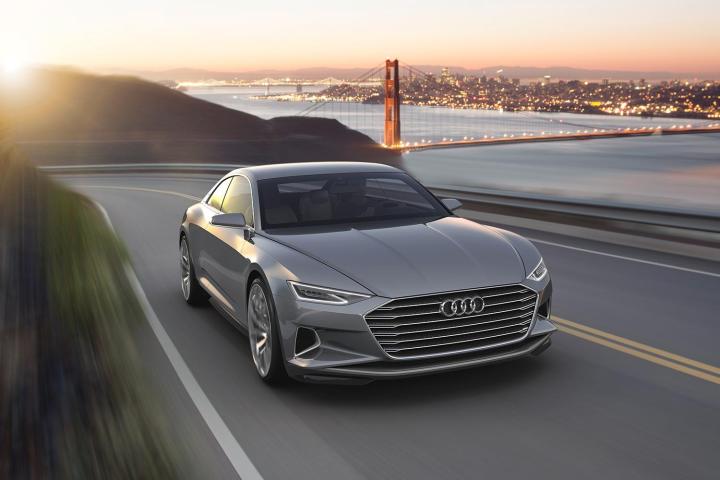
Though we knew the system was coming, we didn’t know how extensive it would be or what it would be called. During a round-table discussion at the 2015 Geneva Motor Show this week, though, those details were revealed.
Ricky Hudi, chief engineer for electronics development for Audi, told Digital Trends the A8’s self-driving system will be called “Traffic Jam Pilot” and will be operational on the highway up to speeds of 60 to 80 km/h – around 37 to 50 mph.
While not wholly revolutionary, the system will be the first step toward comprehensive piloted driving systems, not to mention making traffic-heavy daily commutes much less stressful.

If you’re wondering what such a system might behave like, we needn’t look further than my ride along with the autonomous A7 from CES 2014 for example.
Related: Audi’s self-driving A7 prototype completes its journey to CES
The piloted Audi A8 will use externally mounted 3D cameras, radar, and infrared sensors to watch the road and traffic ahead. Inside, it will rely on the feed of two cameras watching the driver’s eyes. Should the driver begin to fall asleep, look away from the road, or should the car need to return control to the driver for any reason, it will chime in an attempt to bring driver attention back to the road. If the chimes do not work, and the driver doesn’t respond, the Audi will bring itself to a swift stop in the lane.
So, rest assured that Audi A8 drivers won’t be napping on the commute – or texting, either. With the Traffic Jam Pilot system, drivers will need to watch the road and traffic jam ahead. They just won’t have to steer, brake, or accelerate through the stop-and-go, bumper-to-jumper traffic.
We’ll be staying on top of the coming wave piloted driving technology. So be sure to check back often for more updates.


